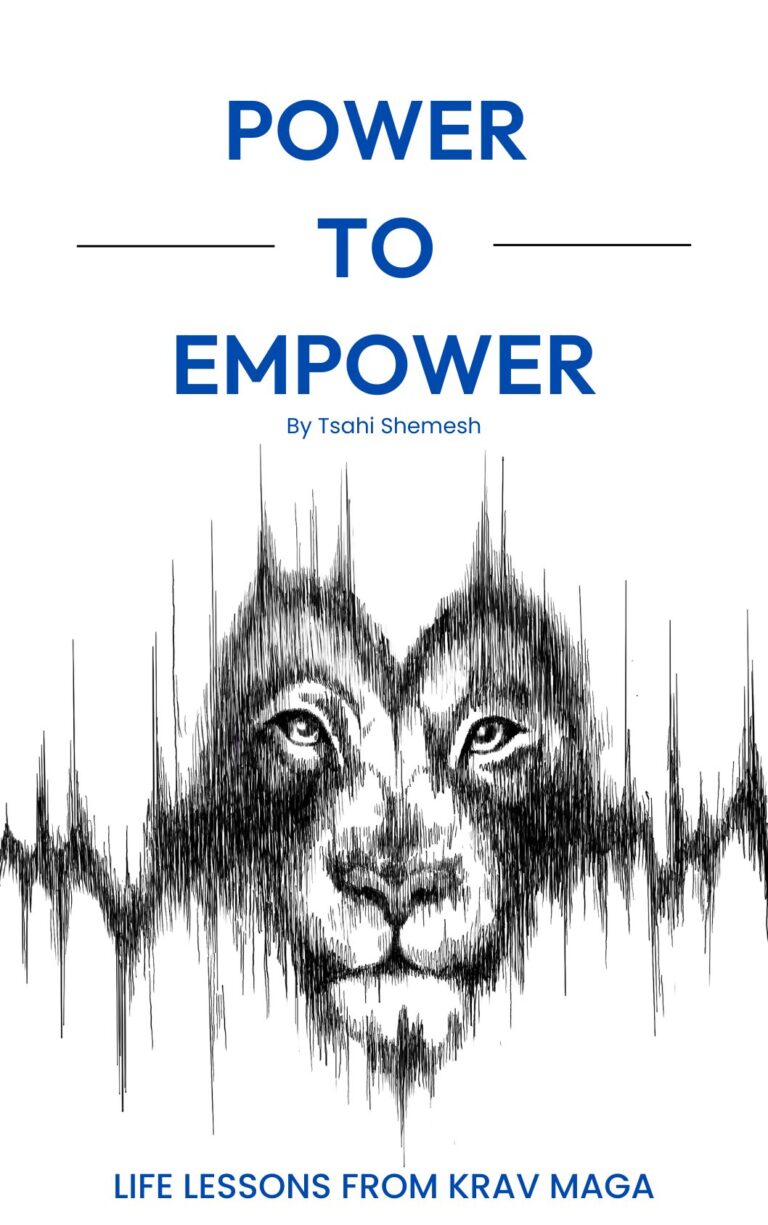The Balance of Aggression, Technique, and Control
Add Your Heading Text Here
Is Krav Maga Aggressive Enough? Understanding the Real Power Behind Its Techniques
Every so often, I hear statements like, “I was expecting a more intense workout.” Some classes are more technique-based. If you are completely new to Krav Maga, I completely understand why you might say this.
If you look up Krav Maga on YouTube or Instagram, you will find super fast, aggressive techniques that end with an eye gauge, a groin kick, or intense, “loving gestures.” Now, let’s not confuse professional demonstrations with videos made for marketing purposes. What you are seeing is the result of training, not the training itself. To defend yourself well and avoid unnecessary harm, you must be highly skilled.
The essence of Krav Maga extends far beyond acts of aggression. While aggression has its place, it must be balanced with control, technique, and a thoughtful approach to training.
Aggression in a real self-defense scenario can be a powerful tool, but even then, it must be wielded with precision and control. In training, uncontrolled aggression can lead to injuries, both to oneself and to others, and it undermines the very principles of self-defense that Krav Maga teaches. The true art of practicing lies in balancing intensity with composure, ensuring that every move is executed with purpose and accuracy.
When learning any new skill, especially one as nuanced as Krav Maga, it is essential to progress slowly and methodically. Rushing through techniques with brute force may seem effective in the short term, but it leaves gaps in understanding and execution. Krav Maga is designed to prepare individuals for real-world scenarios where they might face attackers who are bigger and stronger. In such situations, pure aggression without technique is likely to fail. Mastery comes from deliberate practice, where each movement is internalized and perfected.
You have to ask yourself; how do you expect to train? Is the goal to constantly hurt others or risk injury to oneself? A training environment dominated by unchecked aggression creates a culture of fear and hesitation, where participants are more concerned with avoiding harm than learning and improving. This approach is unsustainable and counterproductive. Krav Maga training should foster a safe space where students can push their limits without fear of unnecessary harm.
Interestingly, those who often advocate for more aggression tend to be individuals who are physically strong and larger in stature. Their perspective changes dramatically when they are paired with partners who match or exceed their size and skill level. In such instances, these “gentle giants” begin to realize the value of training. They understand that to truly learn and improve, one must focus on precision and technique rather than relying solely on strength and aggression. This shift in mindset not only enhances their own skills but also contributes to a more respectful and effective training environment for everyone.
Krav Maga is not about raw aggression; it is about mastering the art of self-defense through controlled intensity, methodical practice, and mutual respect. Those who initially seek more aggressive classes will often discover, through experience, the profound benefits of a balanced approach. By emphasizing technique over brute force and fostering a safe training environment, Krav Maga practitioners can achieve true mastery and be prepared for any situation that comes their way.
A Krav Maga practitioner must aim to be proficient in the techniques of Krav Maga. This proficiency comes not from sheer force but from a deeper understanding of the art form. It’s about making every move count and knowing when and how to apply pressure. This level of control requires a great deal of practice and patience. It’s easy to be aggressive, but it’s much harder to be precise and controlled.
Moreover, the true spirit of Krav Maga lies in the respect for oneself and others. It’s not about proving who is stronger or who can hit harder. It’s about developing the ability to protect oneself while maintaining the dignity and safety of all participants. This philosophy is what makes Krav Maga more than just a physical activity; it’s a way of life. It teaches discipline, respect, and the importance of mental fortitude.
Many beginners are often influenced by the high-intensity, dramatic demonstrations they see online. These videos, while impressive, are often edited for maximum impact and do not accurately represent the day-to-day training that builds those skills. The flashy techniques are the result of years of practice and should not be confused with the training process itself. Effective training involves breaking down each move, understanding its mechanics, and practicing it repeatedly until it becomes second nature.
Training with balance is key. If you are naturally aggressive, that’s a great starting point. However, it’s important to balance that aggression with technique and control. Strength is an asset, but it should support your technique, not replace it. This balanced approach ensures that you are prepared for any situation, whether it requires force or finesse.
Krav Maga is a multifaceted discipline that requires a thoughtful approach to training, where technique, control, and respect are paramount. By fostering a safe and balanced training environment, students can develop true mastery and be prepared to defend themselves effectively in any situation. The journey to mastering Krav Maga is not about how hard you can hit, but how well you can control your power and use it wisely. This philosophy not only makes you a better fighter but also a more disciplined and respectful individual.
Do something amazing,
Tsahi Shemesh
Founder & CEO
Krav Maga Experts


I was a tkd practitioner in my youth but the reason i gravitated towards krav as an adult is I know it is the kind of self defense that was developed with actual danger in mind. To me its practicality is what makes it not only truly useful but also i trust that it came from somewhere genuine. Thank god i never had to use tkd in the past because i know it will not have resulted in anything favorable for me because this martial arts is essentially good as exhibition sport. it looks great when you do the forms on the mat and during tournaments, in real life scenarios I doubt it would truly help me the same way i think Krav Maga can. Not to compare these two but i think the similarity though is when i was training for tkd it was not encouaraged ti employ aggressiveness. Our instructor (who i think is one of the best and was even an Olympian in Barcelona) taught us that gradual learning is necessary. I believe him because it did help us students become flexible and get less injuries . Less injuries means more time to stay on the mat and learn more . I think to be better at something it should all start with learning, mastering the technique as you mentioned and gracefully incorporating in such a way that brute force is the last resort . With that said i just got back from an injury and on my first day my partner was punching my gloves so hard my wrist started to hurt. I didnt complain at first thinking i didnt want to look like a pussy lol but i thought i need to slow it down for myself because i would like my training to be uninterrupted . I politely told him my wrist hurt and i prefer to use the punching bag for now. I dont know if he was being aggressive or just you know doing his best. I know there is a time and place to be hard (reality based situations) and i think and hope eventually we will all have to learn to determine that later on but during training and with like minded peers who want the same thing (ie to be great at this craft), i agree we have to be respectful and not rush into thinking that aggressiveness is the only way to “expedite” mastery.